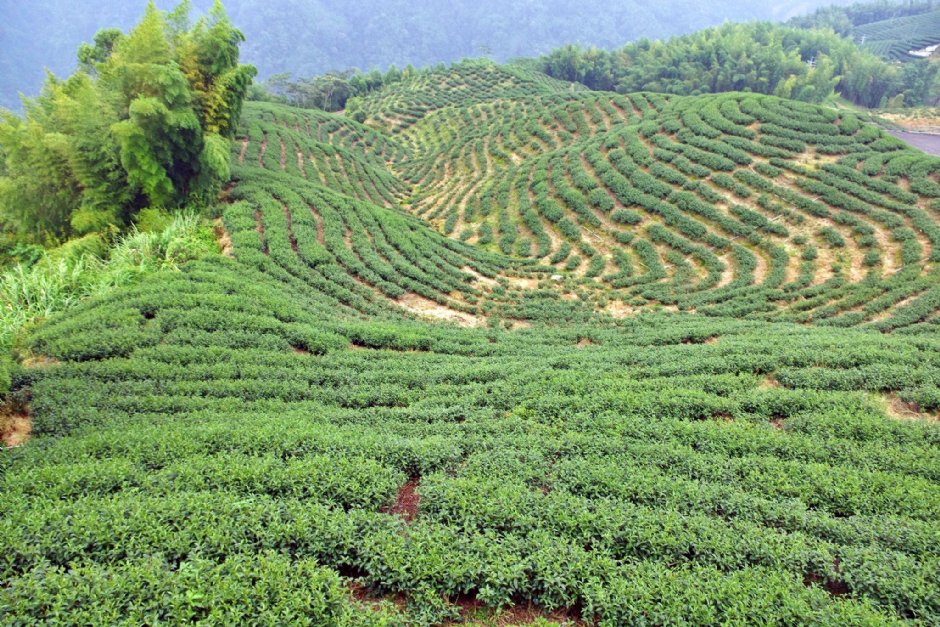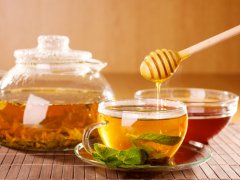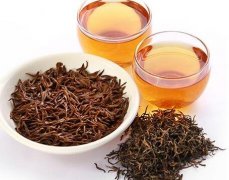What's the difference between Indian black tea and Chinese black tea? which is better? What's the taste of Assam black tea?
There are numerous changes in the widely defined category of fully oxidized tea. The taste of black tea varies according to the specific environmental characteristics of the local soil, the weather, the maturity of plants at harvest, and the way the tea is picked and produced. But the unique history of tea trade has also shaped the pattern of complete oxidation of tea, which is divided into two distinct families: those from China and those from India.
As India's tea industry was formed under the power of British imperialism, tea has developed differently in many ways in a climate completely different from that of China, which has been isolated from the rest of the world in history. From the basic varieties of camellia to the growth, harvest and production of leaves. Of course, the tea produced in each country also varies greatly, but today we will introduce some of the general qualities that make the two styles so different.
Variety
Most importantly, the most basic difference between Chinese tea and Indian tea boils down to a natural subdivision of tea species, namely, tea trees in temperate climates in China and tea trees in tropical climates in India. Evolution has shaped the characteristics of these subspecies, allowing them to thrive in their respective habitats. The difference can be seen in the overall size of the leaves: Assam's leaves are usually larger and more suitable for absorbing more sunlight.
Any kind of tea can be fully oxidized into black tea.
However, there are some exceptions to this simple distinction. Early British innovators did not immediately realize that the two plants belonged to the same species and spent years trying to smuggle plants from the secret industry in China until they found the Assam subspecies under their noses. Despite inherent difficulties, the plants they stole flourished in the highlands of Darjeeling. Later, in the 20th century, the Japanese also transplanted Assam plants to Taiwan, laying the foundation for the hybrid "Formosa Red" that exists today.

Wind and soil
Whether it is a subspecies or variety, the specific environment of each tea garden will affect the taste of the finished tea. Some aspects of the terrain, such as altitude, have similar effects in every country, but the overall difference between China's temperate climate and India's tropical climate makes the most obvious difference in taste. No matter what other factors are at play, lower average temperatures and limited sunlight can cause tea trees to grow more slowly, resulting in more complex tastes and less bitterness.
A wide range of aspects of origin, such as latitude and local soil characteristics, affect taste.
On the other hand, the rapid growth and increased light brought by the annual monsoon make Indian crops an ideal choice for European exports. Production costs can be effectively reduced as production increases, and Europe's rich dairy products make the bitterness easy to overcome. In addition, the bold, direct taste of Indian tea withstands the test of sea travel without deterioration, which is familiar to those who grow and export tea from China's hot and humid lowlands.
Technics
In the final analysis, the biggest difference between Chinese and Indian tea styles stems from each country's unique history. The plantation system in India, developed under British colonial rule, is very similar to other agricultural systems in western history. Workers serve a small number of land-owning elites who benefit from maximum production. Because most of the British and European markets are working class, innovators are trying to find solutions to increase production and consistency, rather than experimenting to find complex tastes.
Mass-produced tea prefers the easy and bold taste of brewing to complexity.
In China, because tea is grown everywhere every day, the profit comes from making a deep impression on the elite, who attach great importance to tea. Even today, tea culture is still shaped by imperial decrees with a long history, and the famous style inevitably comes from the love of emperors. In addition to the overall demand for quality, the influence of the Cultural Revolution made tea gardens relatively equal after land was redistributed to their ancestors. Since no farmer has enough land to produce the dominant tea, activities such as tea competition have become popular to determine who should get the highest price.
Of course, in today's diversified market, many Chinese teas are produced on large unified farms, and many handmade teas are grown and carefully handmade in India. Tea from the two countries can be planted slowly at high elevations or quickly with the help of chemical fertilizers at low elevations. But understanding this contextual difference between traditions in each region can make the world of tea easier to master.
Do you prefer Chinese black tea or Indian black tea?
Important Notice :
前街咖啡 FrontStreet Coffee has moved to new addredd:
FrontStreet Coffee Address: 315,Donghua East Road,GuangZhou
Tel:020 38364473
- Prev

What kind of black tea is honey-scented black tea? why does it have honey fragrance? What kind of tea tastes particularly sweet after brewing?
Although it is common for most tea drinkers in the Western world to add sweeteners to tea, tea lovers in the East have found early on that tea does not need anything extra to satisfy our desire for sweetness. It is difficult to describe these teas, however, because popular teas are made from artificial flavors or sweeteners. A tea described as having a creamy, honey or caramel flavor
- Next

Where is the authentic Jin Junmei tea gift box? how much is a box of Jin Junmei tea?
Jin Junmei is a unique black tea. It comes from Tongmu Village in Wuyishan Nature Reserve. The amount of tea that can be grown here is limited by the terrain and the fact that the area is listed as a UNESCO World Heritage site. Tongmu is also a traditional producer of Zhengshan black tea, but the production of this old-fashioned tea has now been replaced by the more profitable Jinjunmei tea. Zhengshan is small
Related
- The milk tea cup becomes smaller?! Overlord Tea Girl launches a new "Return to Yunnan" series
- Accused of selling counterfeit and high-priced coffee beans! Well-known boutique coffee brand "Oukelao" bowed and apologized!
- How to make espresso dumplings? Can I eat coffee and glutinous rice balls together?
- Save the unformed and stagnant powder cakes in one second! What is the problem with stagnant water in the powder bowl of the espresso machine?
- What does hand-brewed coffee stop mean? Why is it not recommended to make coffee by hand?
- Is it normal to smell like coffee? Why does coffee smell like alcohol? What's wrong with the strong smell of cold extract ice dripping ice brewed coffee?
- How to solve the problem that hand-brewed coffee extraction takes too long? Why is the water flowing so slowly when making coffee?
- The main points of making Australian white coffee, the proportion details, how does Australian white properly foam and blend the flowers?
- Can ice water make cold extract coffee? What is the difference between room temperature water and ice water for making cold coffee?
- What milk is best for making latte and white Dirty coffee? What is the difference between different brands of fresh milk and pure milk for making coffee?

